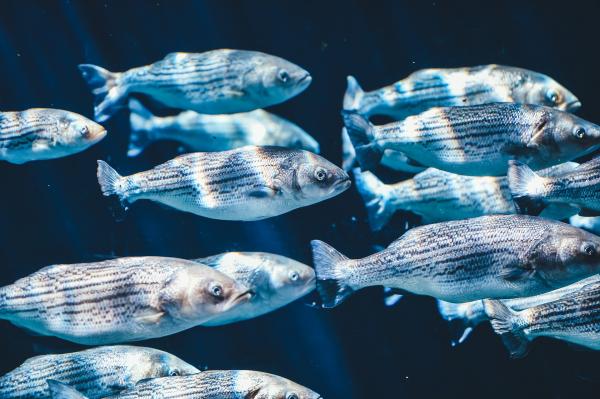Canned hunting - Recreational Fishing

Recreational fishing is the noncommercial fishing activity which exploits fish for recreation, sport and tourism.
"Catch and release", in which the fish are released into the sea after capture is, according to the Spanish Confederation of Responsible Recreational Fishing, an ethical and responsible attitude. It is considered this way because, despite not using the fish for consumption or trade, it is returned to the water alive.
However, several studies have shown that in fact the fish "released" after being caught in this type of activity can have a mortality rate of 40%, depending on the species and the instruments used to capture it. Fishing with bait is more deadly than fishing with "fly" as the fish swallows the bait with the hook and that results in lacerations and internal bleeding.
The fish that are caught and released may die for several reasons, but the two main causes are stress and injuries.
• Stress results from the resistance posed by the animal. Internally, the physical effort will produce a deficit of oxygen in the tissues, which forces the muscles to function without oxygen causing lactic acid build up which then goes into the blood. This causes changes in blood pH, abnormal metabolic processes and ultimately death. Sometimes it seems that the animal is alive when you release it, but the chemical imbalance in their blood can kill even three days after being captured.
• The other major cause of death is injuries from hooks. These range from very mild to fatal. The highest mortality occurs in fish that are hooked through the gills or stomach. The hooks that use bait are the ones most likely to get stuck in these body parts.
• Other factors that adversely affect the fish are exposure to air, higher surface water temperature and excess manipulation. The physiological stress results in an elevation of corticosteroid hormones that, in many cases, inhibit reproductive processes therefore affecting populations and posing a threat to conservation.
• Pressure changes as the animals are brought up to the surface can cause their swim bladders which control their buoyancy to over inflate.
• The handling and body contact of the fish with dry surfaces, such as nets, can remove layers of mucus from their bodies making them more prone to bacteria and other pathogens that infect their skin.
In addition to mortality and physiological (and behavioral) changes which result of recreational fishing, we must take into account the animals’ ability to feel pain. And there are many scientific studies devoted to investigating whether fish are capable of feeling pain: it is known that fish have a nervous system just like other vertebrates, although with a more basic brain compared to that of mammals as they do not have a neocortex. This lack of neocortex has led many scientists to conclude that the fish can not suffer in the same way as humans, but they all agree that they can indeed perceive painful stimuli and learn to avoid them.
Therefore, fish (with different levels of perception depending on species) can feel pain but although its not proven that they can "experience" it the same way we do. Under the scientific basis that "absence of evidence is not evidence of absence", we must be careful when saying "it doesn’t hurt a fish to be fished."
One thing is clear, the fish feel discomfort when captured and struggle to escape.
In some countries, such as Norway, the law is being changed to prevent these activities as they are not in any way ethically defensible. They believe hunting and fishing should be aimed at obtaining food.
There is no argument to defend causing suffering to another being for the sole purpose of having fun.
